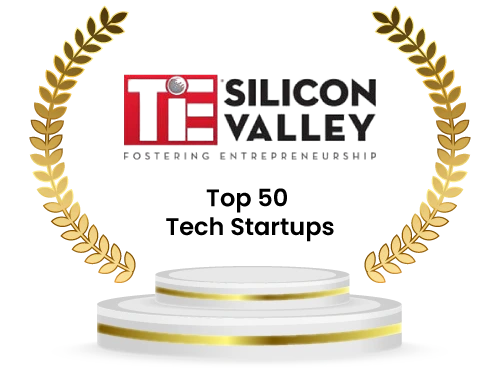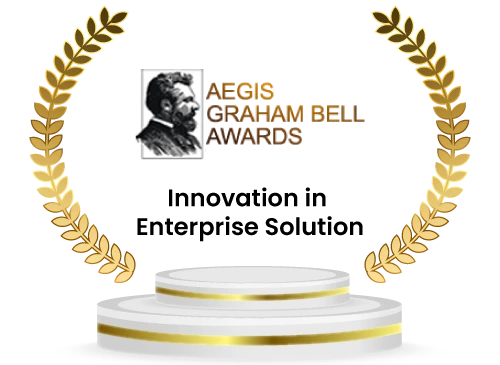What is Organization Meaning?
An organization meaning is a structured group of individuals working together to achieve common goals. It serves as a framework for defining roles, responsibilities, and relationships among members, facilitating efficient and effective operations. Organisation meaning can vary greatly in size, scope, and purpose, ranging from small local businesses to large multinational corporations, as well as non-profit entities and governmental bodies.
What do you mean by organisation Structure and Hierarchy
The backbone of any org. is its structure. This defines how activities are directed toward the achievement of organizational goals. Common structures of current organization meaning include hierarchical, flat, matrix, and network. A well-defined structure:
- Clarifies Roles: Ensures everyone knows their specific duties and responsibilities.
- Improves Communication: Streamlines the flow of information, enhancing decision-making and problem-solving.
- Boosts Efficiency: Optimizes resource allocation and workflow processes.
What is organization Purpose and Mission
Organization is driven by a clear purpose and mission. This serves as a guiding star, helping to align strategies and actions with overarching objectives. A strong mission statement:
- Inspires Employees: Provides a sense of direction and motivation.
- Attracts Stakeholders: Engages customers, investors, and partners by communicating the organization’s values and goals.
- Guides Strategy: Helps in shaping long-term strategies and day-to-day operations.
What are the Functions of an Organization?
Organizations perform various functions essential for achieving their objectives. These functions are typically divided into core areas such as management, operations, marketing, finance, and human resources.
1. Management
Effective management is critical to an organization’s success. It involves planning, organizing, leading, and controlling resources to achieve specific goals. Good management practices:
- Enhance Productivity: Ensure tasks are completed efficiently and effectively.
- Foster Leadership: Develop leadership qualities at all levels, promoting a positive work environment.
- Mitigate Risks: Identify and address potential issues before they become significant problems.
2. Operations
Operations focus on the production and delivery of goods or services. This function ensures that processes are streamlined and that quality standards are met. Efficient operations:
- Reduce Costs: Implement cost-saving measures without compromising quality.
- Improve Quality: Maintain high standards to meet customer expectations.
- Increase Competitiveness: Enhance the organization’s ability to compete in the market.
What is the Importance of Organizational Culture?
It is necessary to dress formally while going for a interview as first impression is the last impression of candidate. As a part of mock interviews examines how the candidates dress. Dress in the manner you would dress for an official interview.
Organizational culture refers to the shared values, beliefs, and practices that characterize about org. It shapes the work environment and influences how employees interact with each other and with external stakeholders.
- Employee Engagement: A positive culture boosts morale, job satisfaction, engagement, and retention rates.
- Brand Image: A strong, positive culture enhances the organization’s reputation, making it more attractive to customers and potential employees.
- Adaptability: Cultivates an environment where innovation and change are embraced, helping the organization to stay relevant in a dynamic market.
The Evolution of Organizations
Organization meaning continuously evolve to adapt to changes in their external environment. This evolution can be driven by technological advancements, market trends, regulatory changes, and shifting consumer preferences.
Organization meaning in management a systematic arrangement of roles, responsibilities, and workflows that ensures efficient coordination and goal attainment.
- Innovation and Technology: Embracing new technologies can lead to improved efficiencies, new product development, and better customer experiences.
- Globalization: Expanding into global markets offers new opportunities but also presents challenges such as cultural differences and regulatory complexities.
- Sustainability: Increasing focus on sustainable practices to meet regulatory requirements and consumer expectations while ensuring long-term viability.
In conclusion, understanding the concept of an org. is crucial for anyone involved in business or management. A well-structured organisation definition with a clear mission, effective management, efficient operations, a positive culture, and the ability to evolve will be well-equipped to achieve its goals and thrive in the competitive landscape.
FAQs
What do you mean by organization?
An organization meaning is a group of people who work together to achieve a common goal.
What best defines an organization?
An organization is defined as a structured system where people, processes, and resources come together to accomplish specific objectives.
Is an organization a company?
No, an organization is a broader term. A company is a type of organization, but organizations can also include non-profits, government bodies, and institutions.
What is an organization with an example?
An organization is any formal group created for a purpose. For example, a company like Tata, a school, or an NGO.
What does organization mean in a job?
In a job, an organization meaning refers to the employer or company where you work and follow set roles, rules, and responsibilities.



